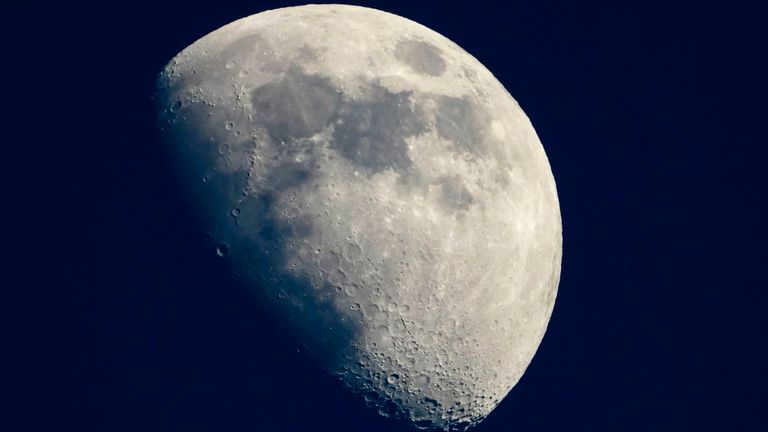The Moon Shrinks and Has Moonquakes, Showing That It’s Still Geologically Active

Many people tend to perceive the moon like a silent world. The lunar surface doesn’t feature any life forms, and the most recent volcanic activity took place billions of years ago. Many of the youngest lunar lava zones feature several impact craters which appeared as time passed. The first signs which infer that the moon is not geologically active were observed more than five decades ago during the Apollo missions. A set of Apollo missions (12, 14, 15, and 16) involved the placement of functional seismometers on the lunar surface.
The sensors conveyed valuable data to Earth until 1977, and a few weak vibrations were recorded. However, researchers were unable to tell if any of these tremors known as moonquakes could be linked to actual faults which were forming on the surface and or merely internal movements. A new study argues that the moon has active feature faults.
The moon might be geologically active as it has moonquakes, and it’s shrinking
One of the most important clues about the activity which could take place on the moon was recorded in 1992 when two astronauts inspected a particular area where a step in the terrain was visible. Known as the Lee-Lincoln scarp, the step appeared to be a geological fault, which appears when one tract of crustal rock moves in a position which is relative to another tract.
Similar examples could be seen in photos taken from the Apollo spacecraft as is passed by the moon’s equator. Further information was obtained in 2010 with the help of the Lunar Reconnaissance Orbiter Camera, which can record high-quality images. The survey revealed that thousands of scarps could be seen across the moon.
Many researchers believe that these scarps are thrust faults, which appeared when the moon cooled down. Due to thermal contraction, the volume of the moon will become smaller, compressing the surface at the same time. A team of researchers compared several 29 moonquakes and found out that eight took place in the proximity of scarps. The study was published in a scientific journal.
0 comments